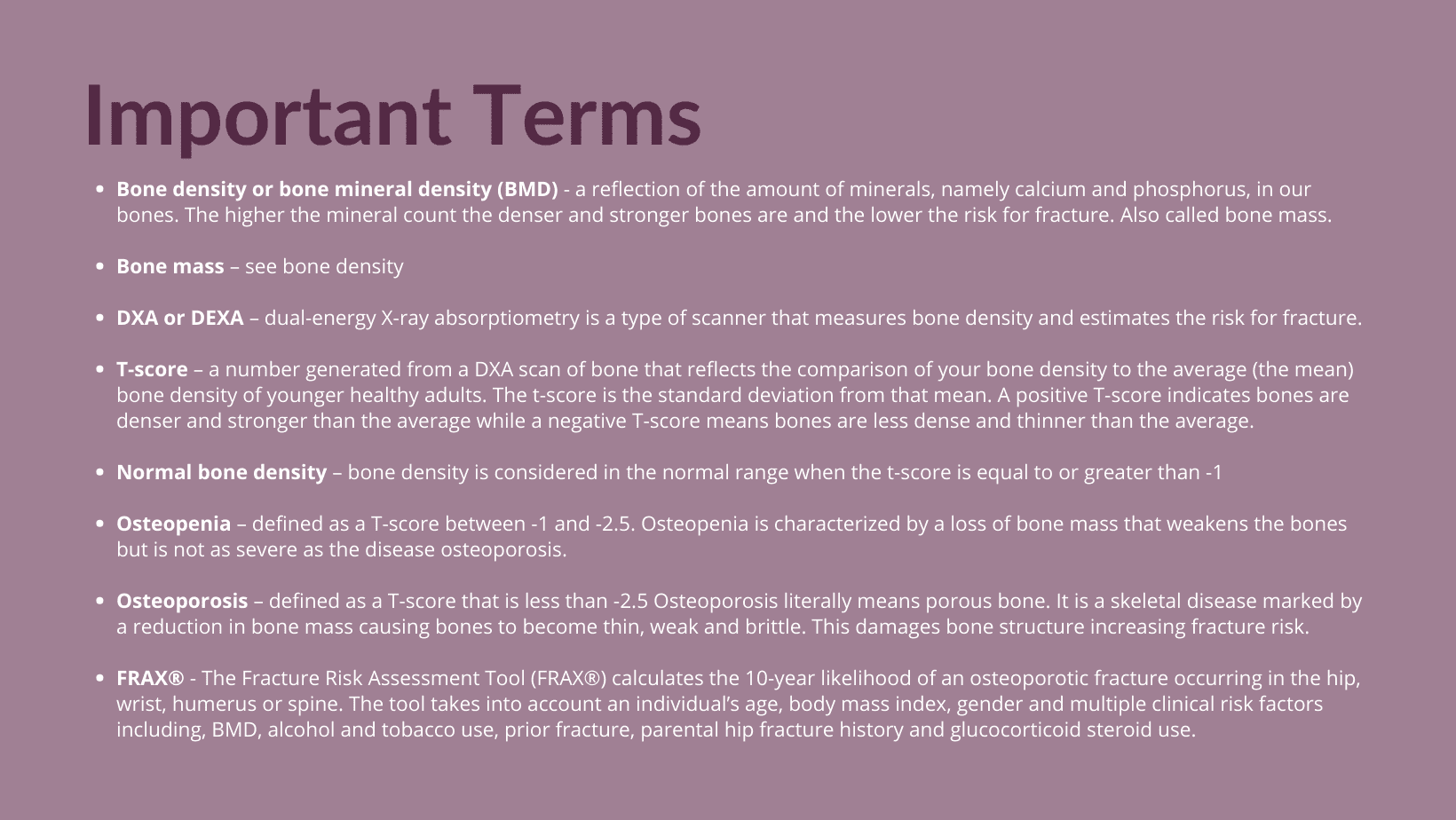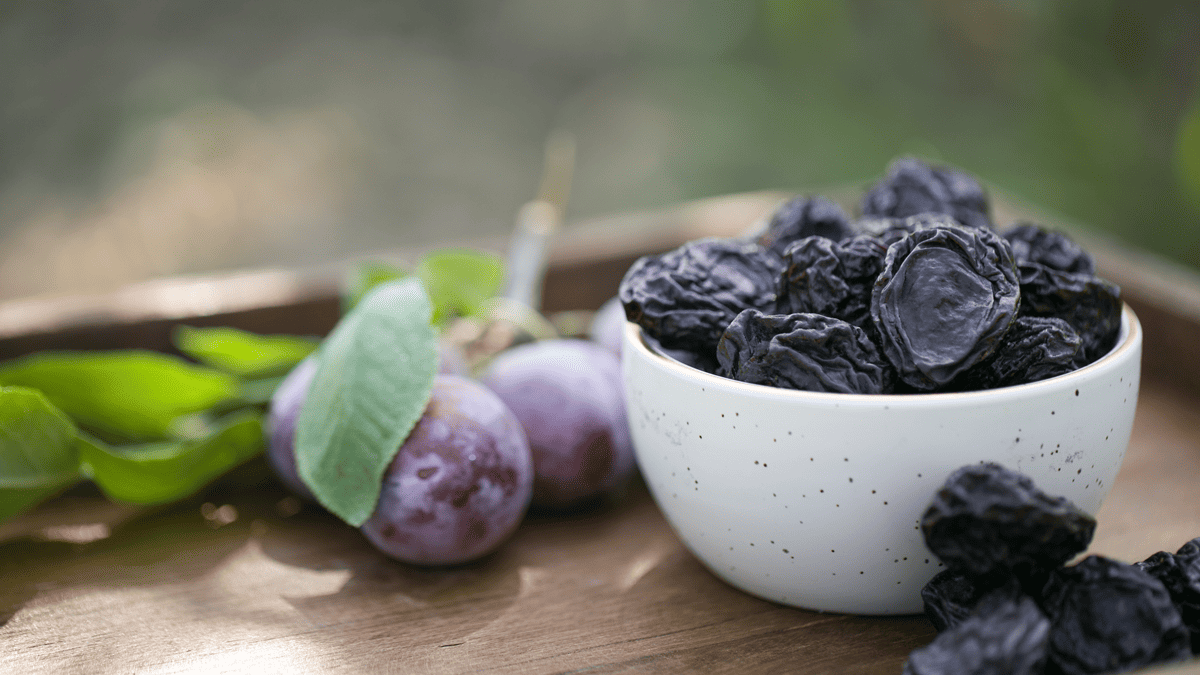
Defining Bone Health and the Effects of Prune Consumption
By Andrea N. Giancoli, MPH, RD
The Importance of Bone Health and Prune Consumption
Bone health doesn’t always rank high under top health concerns for Americans even though we all start gradually losing bone once reaching peak bone mass somewhere around 30 years of age. In women bone breakdown speeds up with the dramatic decline of the bone protective hormone estrogen after menopause. In men, bone breakdown occurs more slowly with the steady decrease in testosterone as part of the aging process. Because of this, women are at risk of developing the bone disease osteoporosis at a younger age than men. Although, more than half of American men and women aged 50 and older have low bone mass or osteoporosis.
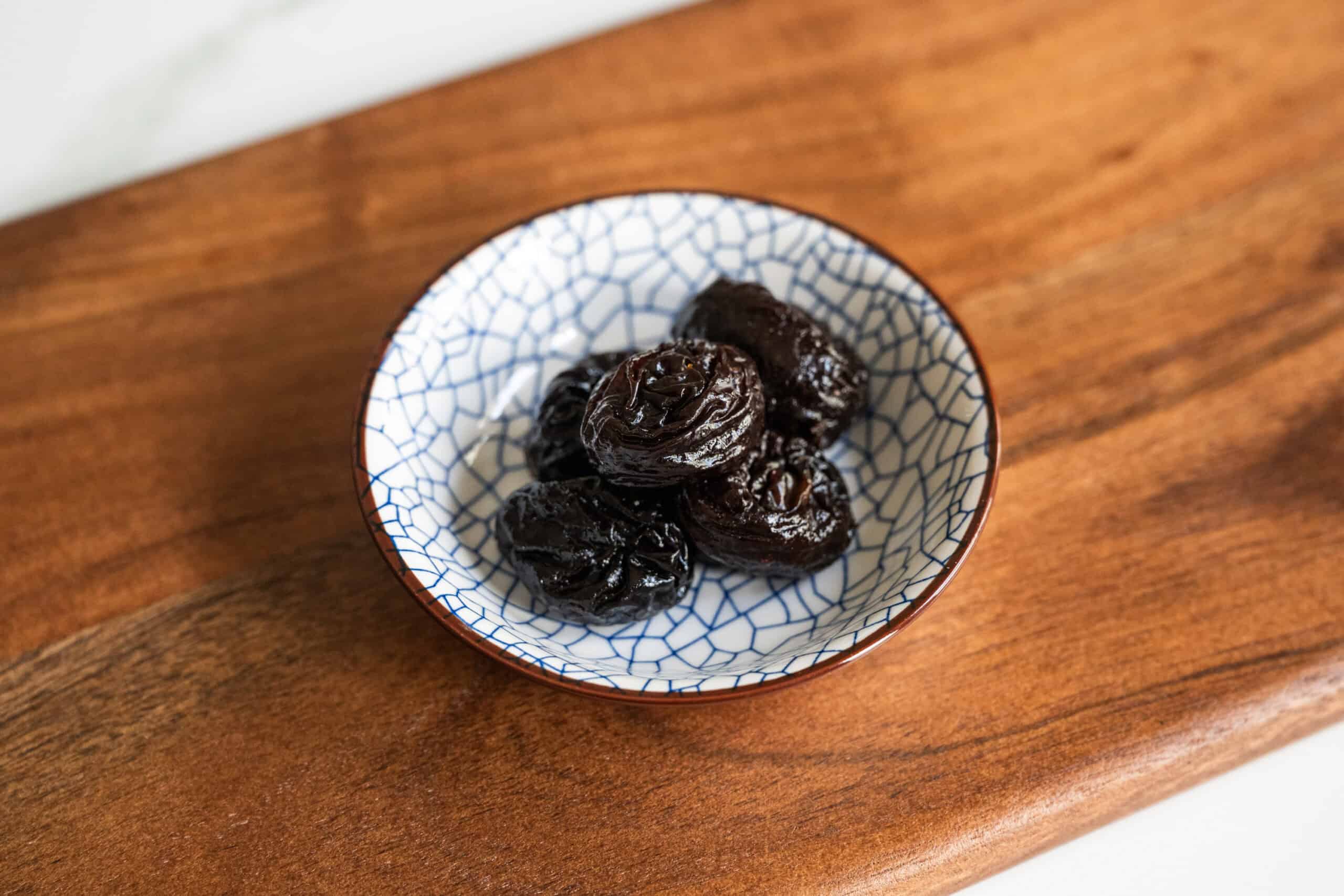
How Prune Consumption Can Help Mitigate Osteoporosis Risk
In a sense we are all at risk of developing osteoporosis in our lifetime. Thus, the importance of prioritizing bone health can’t be understated. Knowing the health status of your bones is a great place to start, although determining bone health status involves more than a blood or urine test.
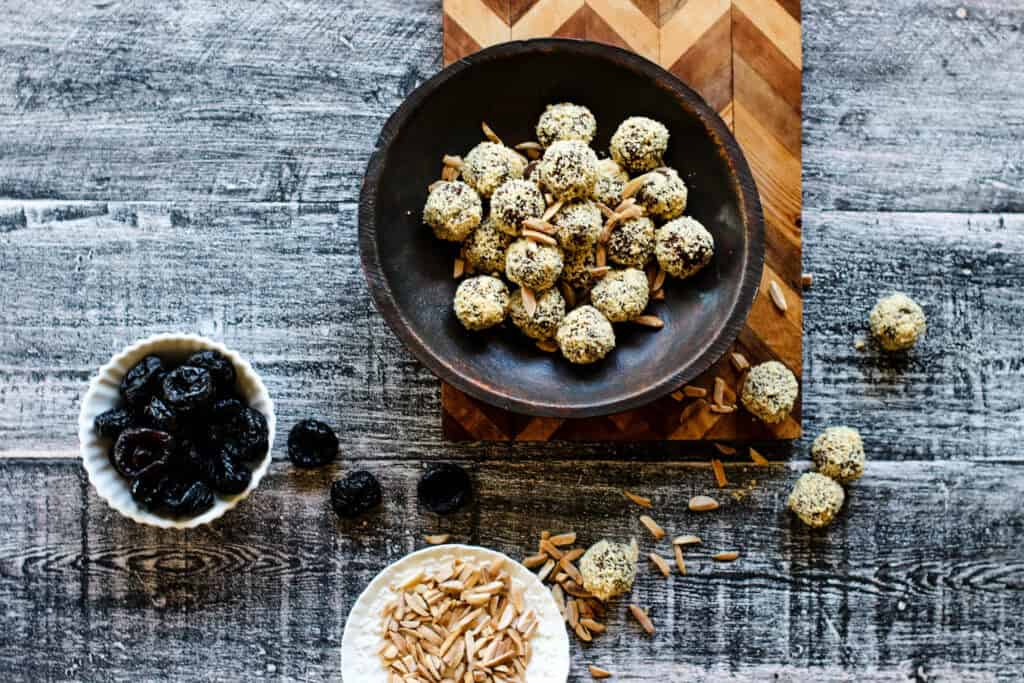
Understanding Bone Health: Why Prune Consumption Matters
Clinically, bone health is assessed via a bone scan, most commonly a DXA (or DEXA) scan. The DXA scan measures bone mineral density, an indicator of bone strength. A DXA scan generates a T-score which is used diagnostically to categorize whether one has normal bone density, osteopenia (low bone mass) or osteoporosis. DXA results are also an important factor when estimating the risk of fracture using the Fracture Risk Assessment Tool otherwise known as the FRAX® algorithm.
Prune Consumption: A Proactive Approach to Bone Health
Unfortunately, DXA scans are quite expensive and most health insurance plans don’t cover them until age 65 for women, while 70 is the guideline to screen men for osteoporosis. So, we must take steps well before we reach 65 and 70 to protect our bones from breakdown. Adequate calcium and vitamin D are no-brainers for bone health. But calcium and vitamin D aren’t the only nutrients we need to help preserve our bones. Protein is critical for bone health as are magnesium, potassium, copper, zinc, vitamin K, vitamin C, phosphorus, manganese, silica and boron. Making healthful food choices as part of a balanced diet can ensure enough protein, vitamins and minerals for better bone health.
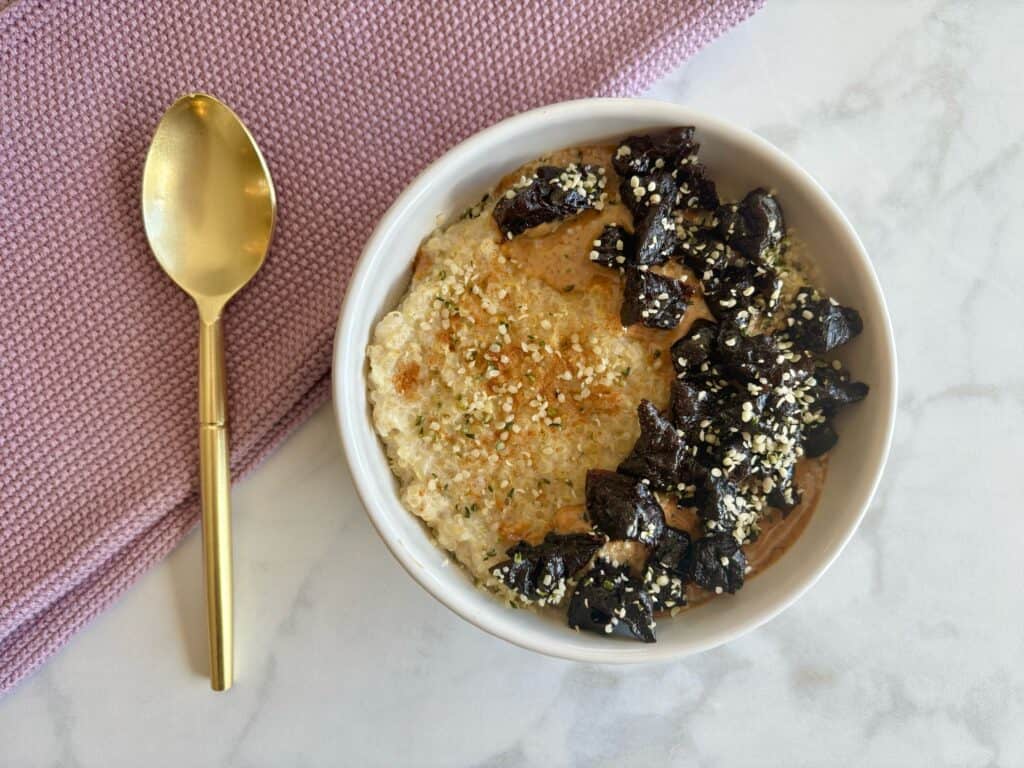
The Surprising Facts About Prune Consumption and Bone Health
Prunes are a nutrient dense food that has emerged as a bone protective food in both animal and human studies. We don’t know yet the exact mechanism but prunes do offer several of the aforementioned vitamins and minerals, namely potassium, vitamin K, copper, magnesium and boron. Prunes are also rich in polyphenols associated with bone benefits.
Most of the human prune feeding trials have been conducted in postmenopausal women as that is a time in the life cycle where bone loss is the most rapid. Last year we reported the results of the largest prune feeding clinical trial to date that followed a cohort of over 200 postmenopausal women for one year. Hip bone mineral density and fracture risk were preserved in the prune eaters while the women who ate no prunes lost bone mineral density at the hip and experienced an increased fracture risk. Visit our recipe page on the California Prunes website for ideas to help you incorporate prunes into your daily diet.
Besides including prunes and other bone friendly foods in our diets (fruits, vegetables, lean protein sources), we can also lower our risk of developing osteoporosis by being physically active and engaging in weight bearing exercise, or strength training, Smoking and alcohol intake have negative impacts on bone. If you smoke stop, and if you drink alcohol limit your consumption to no more than one drink a day if you’re a woman and two drinks a day if you’re a man. Your bones will thank you!
